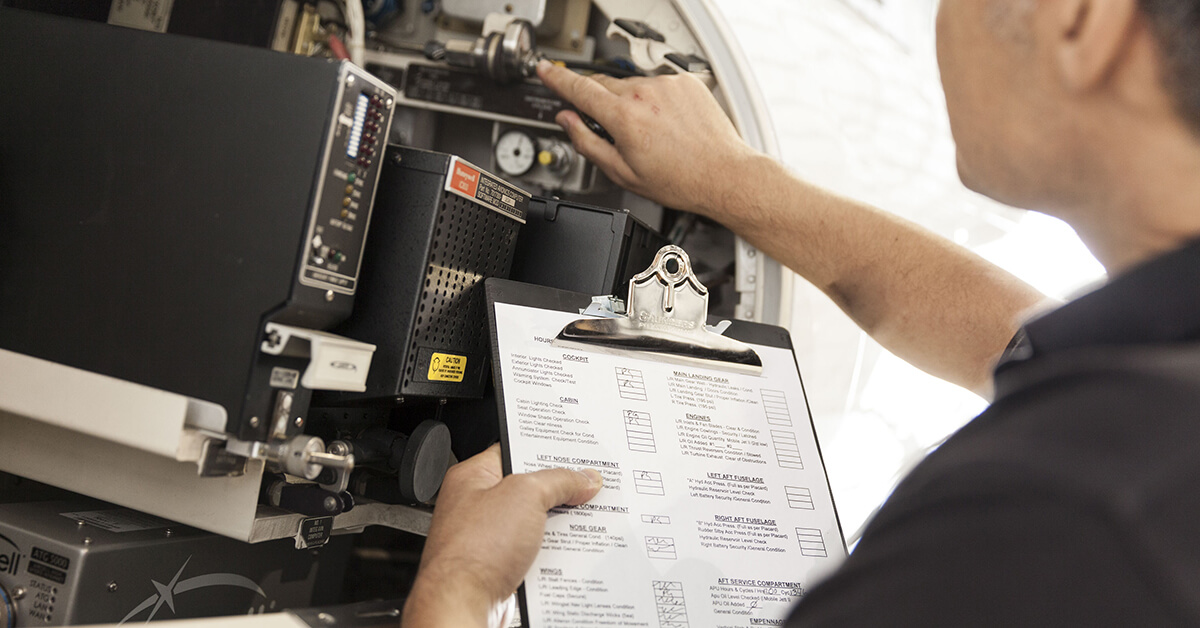
Oct. 19, 2020
When it comes to maintenance, smaller business aircraft operators often are asked to do more with less. A new NBAA members-only resource, titled Best Practices for Small Flight Department Maintenance, offers practical guidance on maximizing personnel resources while ensuring airworthiness.
“A small flight department (SFD) usually doesn’t have the luxury of a full-time mechanic who you can call upon when an issue arises,” said co-author Christopher Rozum, a captain with Kaman Corp. and a member of NBAA’s SFD Subcommittee. “The burden often falls upon the flight crew to make the correct decisions to legally dispatch the aircraft.”
Best Practices for Small Flight Department Maintenance identifies several critical areas where small operators can increase efficiency without dramatically increasing costs. Perhaps most importantly, the guide offers tips on how to manage time spent on maintenance tasks, particularly for those operators without a dedicated maintenance staff.
“When a maintenance item comes up, the principal expects it to be addressed safely, quickly and in compliance with the law,” noted Rozum.
While it’s impossible to anticipate all maintenance issues that can arise while operating an aircraft, preparing detailed plans for events – such as inspections or ramp checks, as well as for regular tasks, such as gauging tire pressure and carrying spare parts – can help small operators reserve time for the biggest unforeseen obstacles.
Because FAA guidance on documentation can at times be “vague and confusing,” the SFD committee suggests that operators carefully document maintenance practices and keep good records. These efforts are not only critical to meeting compliance standards; they also can affect the aircraft’s value in future transactions if items such as component cards or 8130 forms are lost, misplaced or not easily found.
“Scan maintenance transaction records, work write-offs and logbook entries as PDF files, and store them in an easily accessible electronic storage medium for future reference,” the committee recommends.
Knowing what you don’t know also is important, so understanding how to find the right external resources to assist you is vital. A small operator’s networking ability is crucial to finding assistance on not only the technical knowledge required to address a situation, but also to ensure regulatory compliance while doing so.
“We talk to other operators with similar experience operating the same make and model, [along with] field service representatives, NBAA forum attendees and trusted third-party maintenance providers. When we get a problem resolved, we generously show our thanks to whoever helped us out,” said Rozum.
In addition to providing these maintenance management tips, the SFD Subcommittee is partnering with the NBAA Maintenance Committee to create a webinar in the Small Operator Learning Series that will expand on the ideas contained in the resource.
Download the Best Practices for Small Flight Department Maintenance (PDF)


 International Business Aviation Council Ltd.
International Business Aviation Council Ltd.